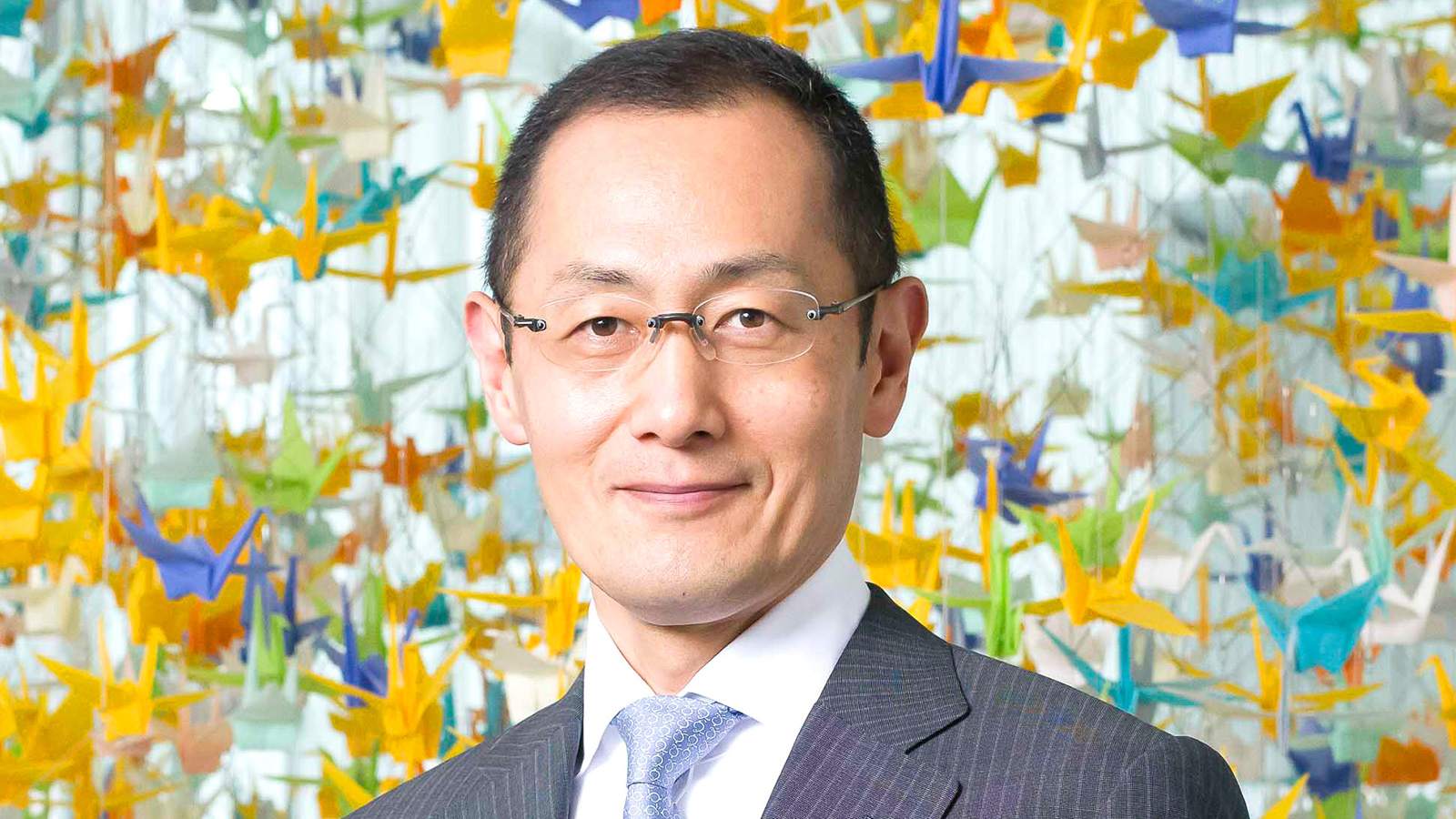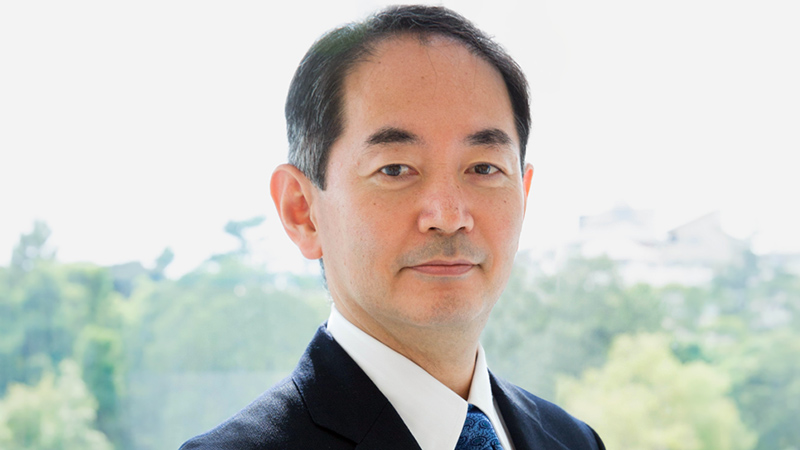
Leaders Message
T-CiRA Discovery and Innovation in Takeda promotes T-CiRA Joint Program.

Professor Shinya Yamanaka
Director Emeritus of Center for iPS Cell Research and Application (CiRA), Kyoto University
"This 10-year joint program with Takeda, Japan's largest pharmaceutical company, will become a powerful engine to realize medical applications using iPS cells," said Yamanaka. "We sincerely thank Takeda's commitment to iPS cell research. This partnership will contribute to the development of new therapies to cure not only major diseases but also rare ones."

Christophe Weber
Representative Director, President & CEO, Takeda
"I am excited that we will be able to collaborate with CiRA, the world's leading institute dedicated to pioneering iPS cell research," said Christophe Weber, President, and Chief Executive Officer of Takeda. "Through this partnership, our company will provide significant assistance over a long period to CiRA's research into iPS cell technology applications, which is a vital part of Japan Revitalization Strategy. It is our hope to deliver innovative treatments that meet patient needs as soon as possible through this collaboration between Takeda and CiRA."

Yasushi Kajii
Head of T-CiRA Discovery and Innovation, Takeda
In T-CiRA Joint Program takes innovative approaches toward clinical solutions for rare and intractable disease patients who were previously without effective therapeutic options. Our projects are progressing rapidly, using the power of iPS cells, to formulate novel therapeutic options. Working closely together, academic and pharma researchers are mapping uncharted territory to discover breakthrough solutions. Our approaches with iPS cells could provide transformative progress in Neuroscience, Gastroenterology, Oncology and Rare Diseases, as well as type I diabetes and heart failure, accompanied by outcomes as small molecule drugs, cell therapy and gene therapy. Our dream is that patients will receive such life-changing therapeutic options discovered through our 10-year collaborative research effort.
